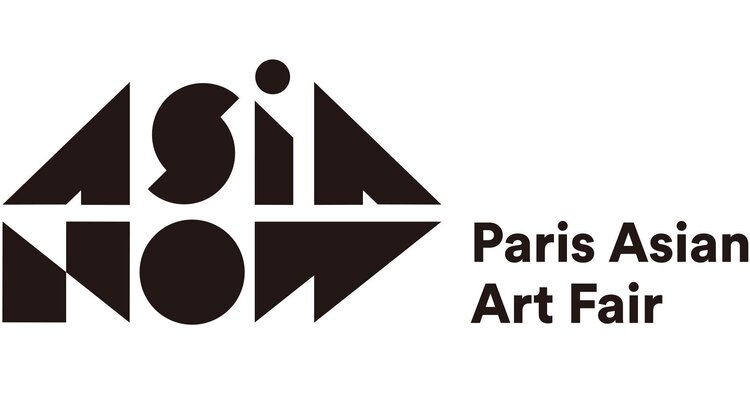SHUN | Curated by Nicolas Bourriaud - Booth SP4
Timur Si Qin, Prayer to Four Winds, Video loop animation 2’, 2021, Courtesy of the artist and Magician space
ARTISTS PRESENTED
Some exhibitions are part of thematic cycles, and are born from a kind of rumination. "Shun," which brings together artists from the Asian continent, extends in the form of a note, or a tighter focus, the biennial I organized in Taipei in 2014, "The Great Acceleration." That one, the first one I devoted to the Anthropocene and how climate change was affecting the artists' gaze, already consisted of an East/West dialogue - to move quickly. But "Shun" focuses on the origins, and tries to highlight the ideological, mental, philosophical sources of the gap that has separated, for centuries, the European space and the Chinese space. This fundamental divergence is the great subject of the philosopher François Jullien, who inspired this exhibition, but also of many historians: "If Greek thought is imbued with the spirit of the potter," he writes, "who works the amorphous thought of clay (...) Chinese thought is turned toward the spirit of the lapidary, who experiences the resistance of jade and employs all his art only to draw from the meaning of the strata of the raw material to release from it the form that pre-existed it and of which no one could have had the idea before discovering it. " It is important today, more than ever, to return to the archaeology of images and forms to understand the art of our time.
During the period known as the "Warring Kingdoms", between the fifth and third centuries B.C., Zhuangzhi (or Tchouang Tseu) appeared, who laid the foundations of Chinese thought, the fundamental concepts of Taoism: Qi (vital energy), Yin and Yang, but also the notion of Wuwei, which is often translated as "not to act", and which above all means to act according to the course of things, to follow the natural movements. What desires, what analyzes or builds, is wei: acting is that impulse which forces and violates nature. At the same time, that is to say in the fourth century in Greece, Aristotle defined the creative act as the apposition of a form (active) on a matter (passive): the hylémorphic principle of the Western art, which legitimizes a violence made to the things.
The West has radically distinguished itself from Asia by adopting a purely utilitarian relationship with its natural environment. Dissecting atoms or ripping up the earth, exploiting natural resources as if they were at our disposal, these were the principles from which European capitalism developed, starting in the sixteenth century. These principles, which led to the ideology of progress, did not fit into the conceptual framework of the Chinese culture of the time, impregnated with Taoism, which conceived what the European calls "nature" in terms of interactions and regulations. For the West, the whole world is the scene of an opposition between (human) culture and nature, which is a neutral container. In contrast, in the Tao, it is a matter of embracing the course of things, which is summarized by the term shun.
For Bertold Brecht, "the Chinese composition lacks the element of constraint that is absolutely familiar to us. Its order costs no violence."
On the one hand, an ancestral cult of life, multiform, articulated in painting around a relationship between water and mountain. On the other, European still lifes, dead game and fish, cut flowers and crucifixions.
But what about this form of thought when nature has become the global expression of human industry, the image of its omnipresence? The artists I have chosen to present respond, each in their own way, to this question, at a time when lifestyles and production systems, equally toxic, are merging in the global productivist economy?

